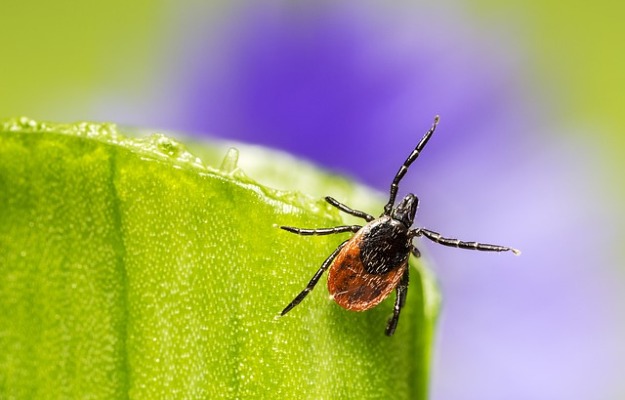Ear mites are tiny, white parasites that affect most household pets and are nearly impossible to see with the naked eye. They have eight legs and live on or just under the surface of the skin. They colonise your pet’s ear, where they feed on cellular debris (dead cell waste), ear wax, oils, and lymph fluid from beneath the skin. Just three or four adult mites in the ear can cause considerable discomfort.
New Year Bumper Sale @ Rs. 1
X
- Treatment
-
- Skin Issues
- Acne
- Fungal Infection
-
- Hair Problems
- Hair Growth
- Hair Dandruff
- Self-Analysis
-
- Chronic Diseases
- Diabetes
- Heart Care
- Weight Loss
- Sleep Support
- Liver Care
- Stress & Anxiety
- Our Brands
- Doctor Consultation
- Medicine A-Z
-
Health A-Z
-
- Treatments
- Home Remedies
- Herbs
- Surgery
- Lab Test
- Therapy
- First Aid
- Ayurveda
- Homeopathy
-
- Yoga And Fitness
- Fitness
- Yoga
- Weight Loss
- Weight Gain
-
- Other Topics
- Baby Names
- Beauty
- Healthy Foods
- Tips
- Health News
- Pet Health
- Men Health
- Medical Cannabis
- Login / Sign Up





































